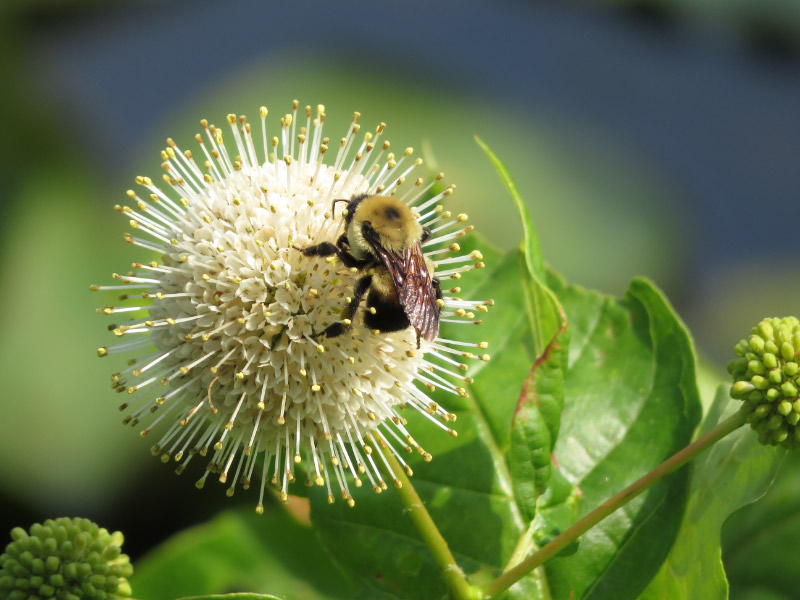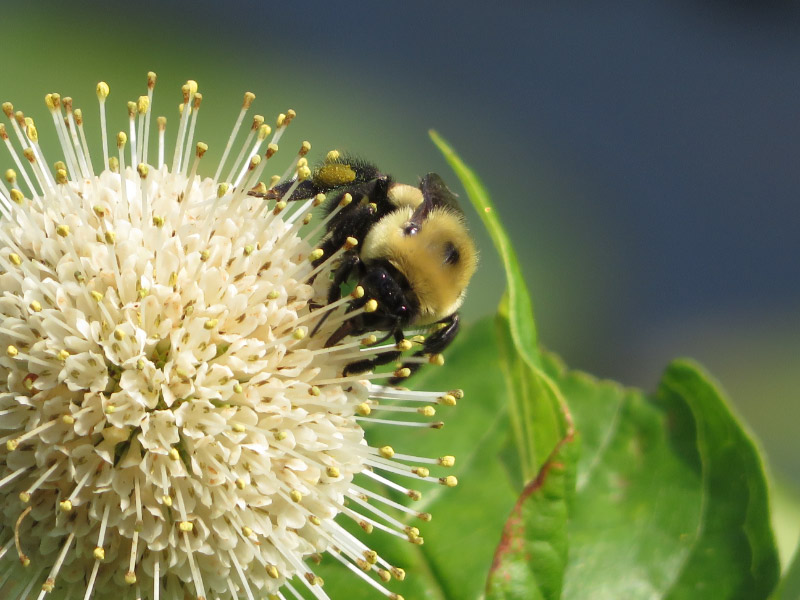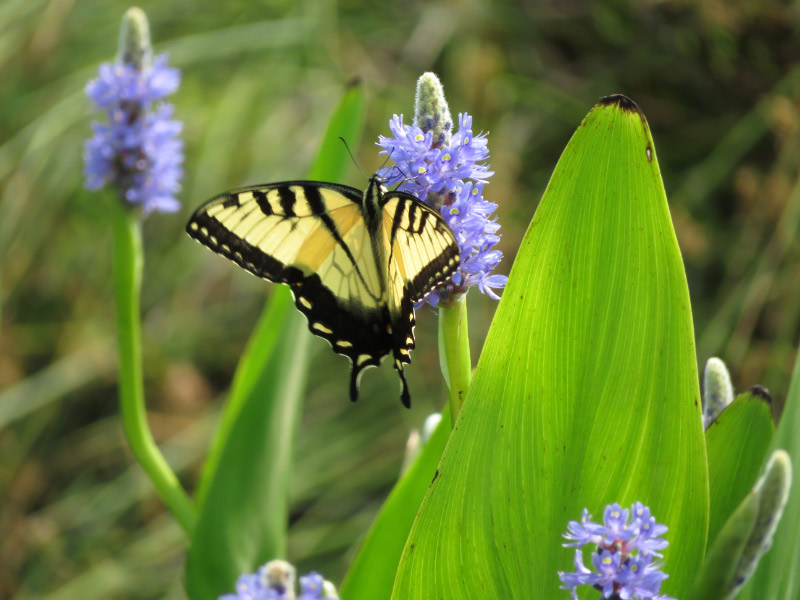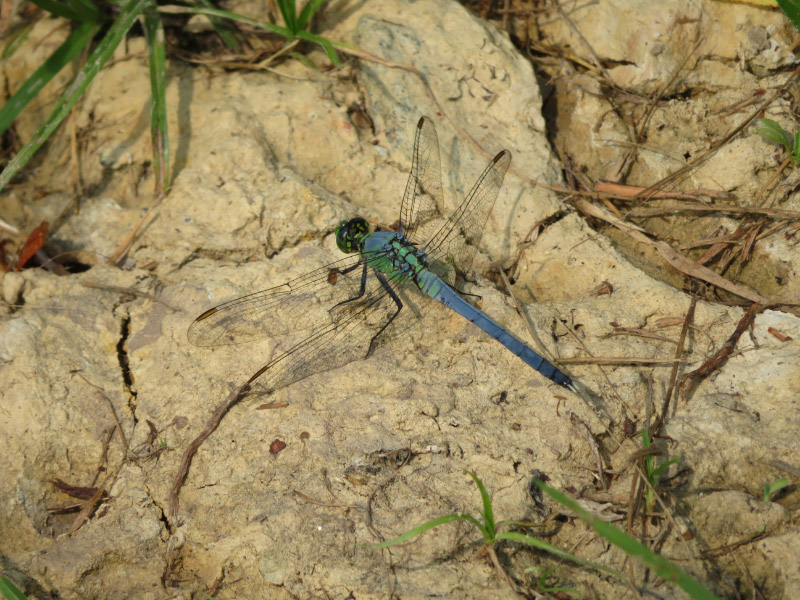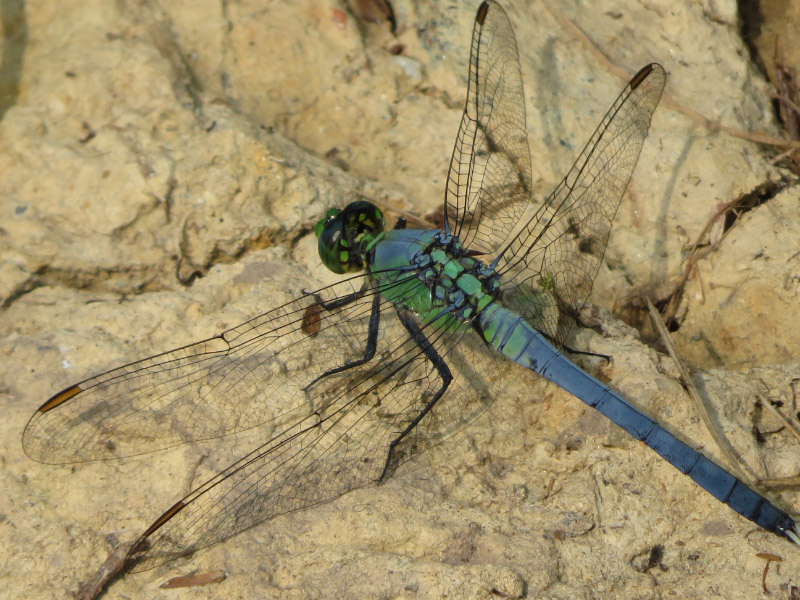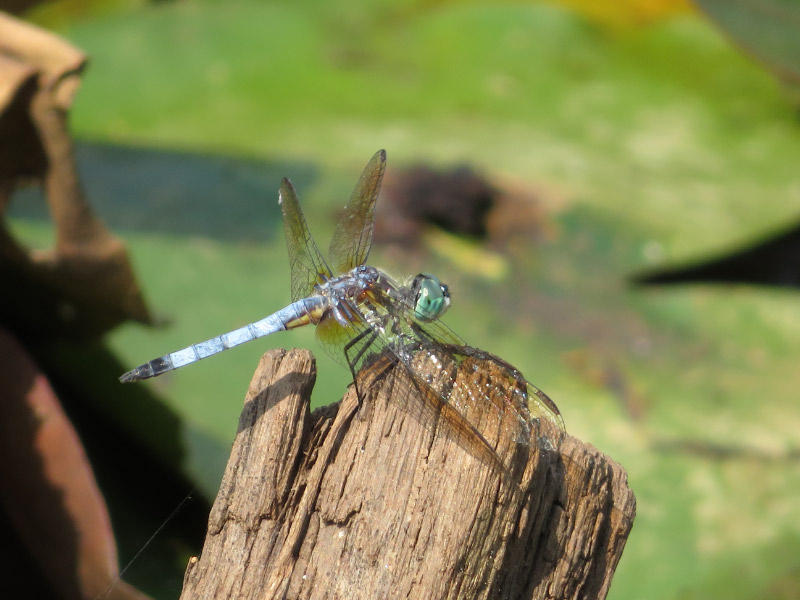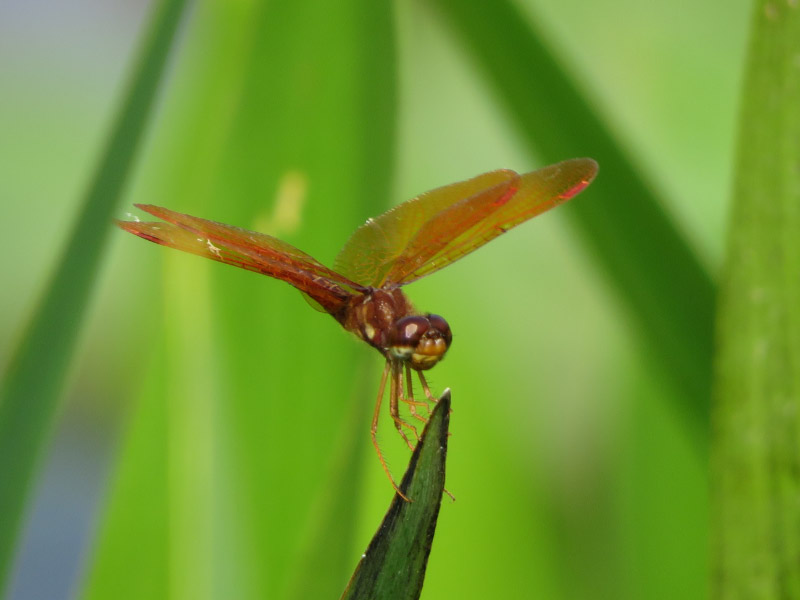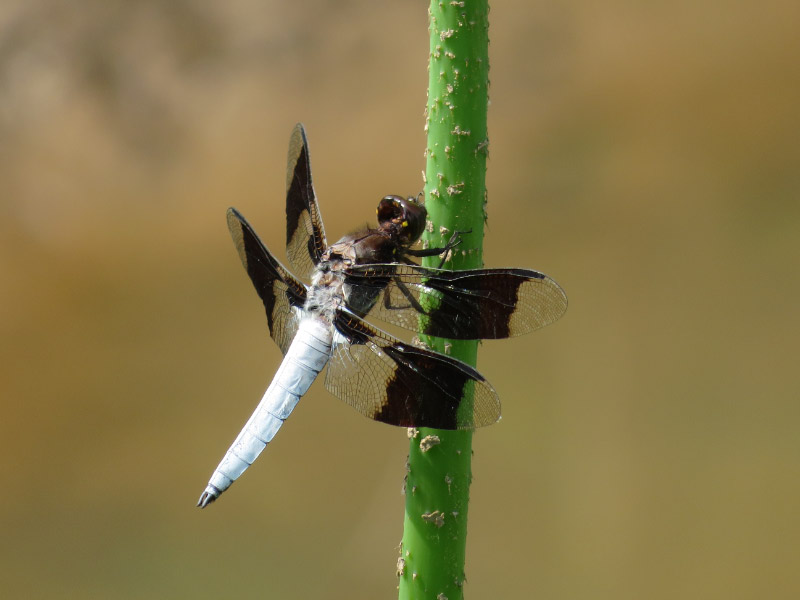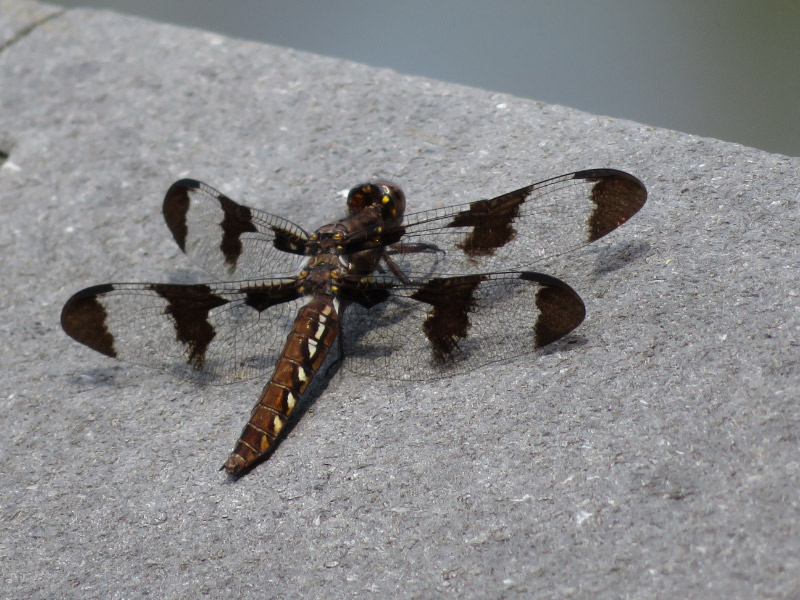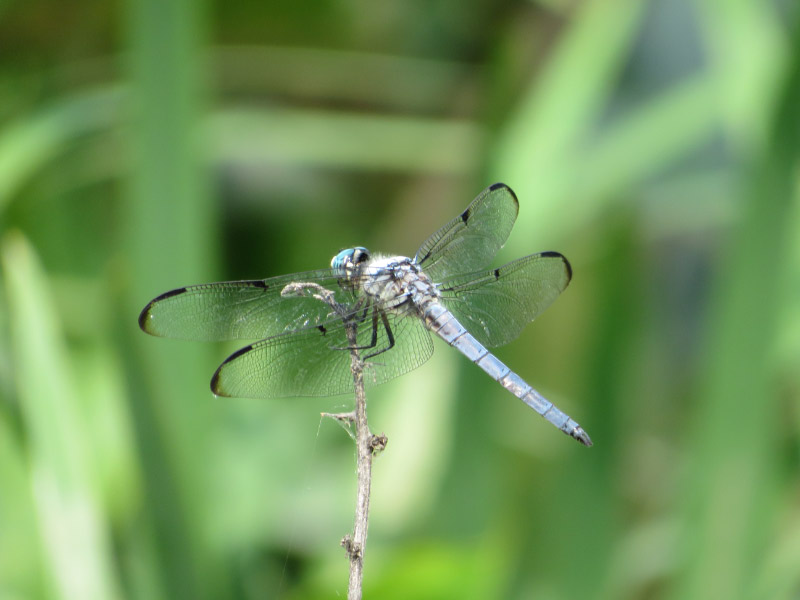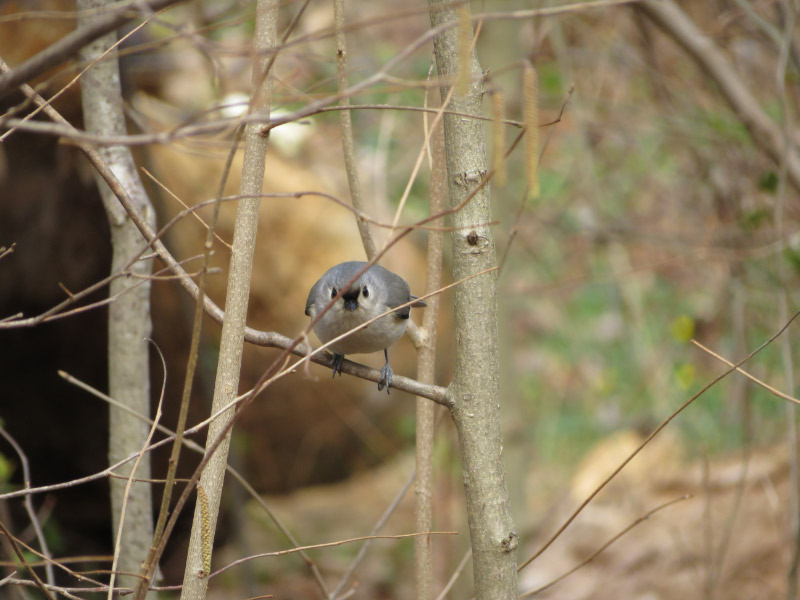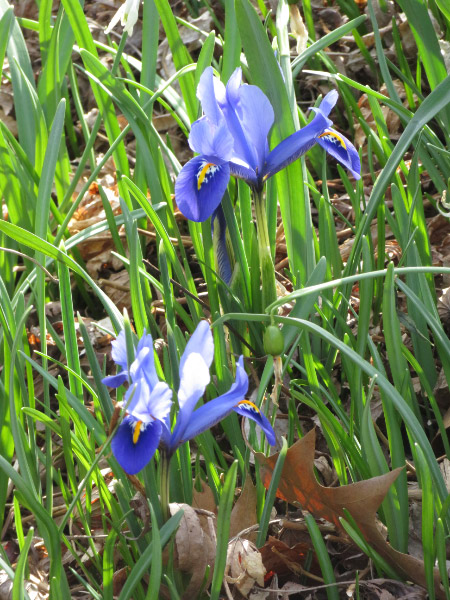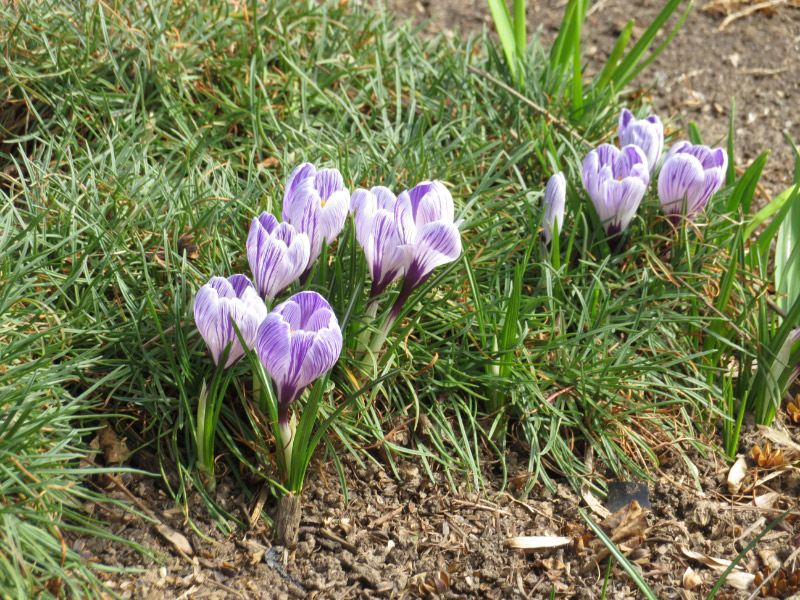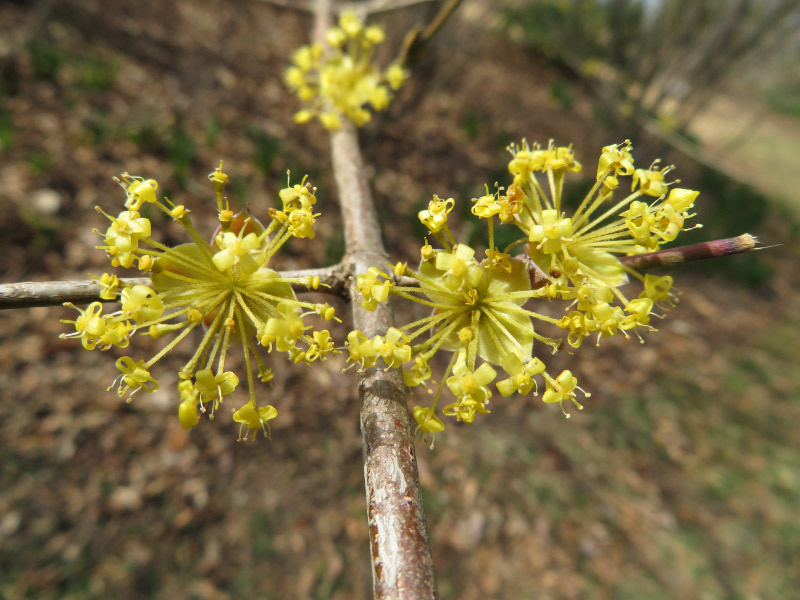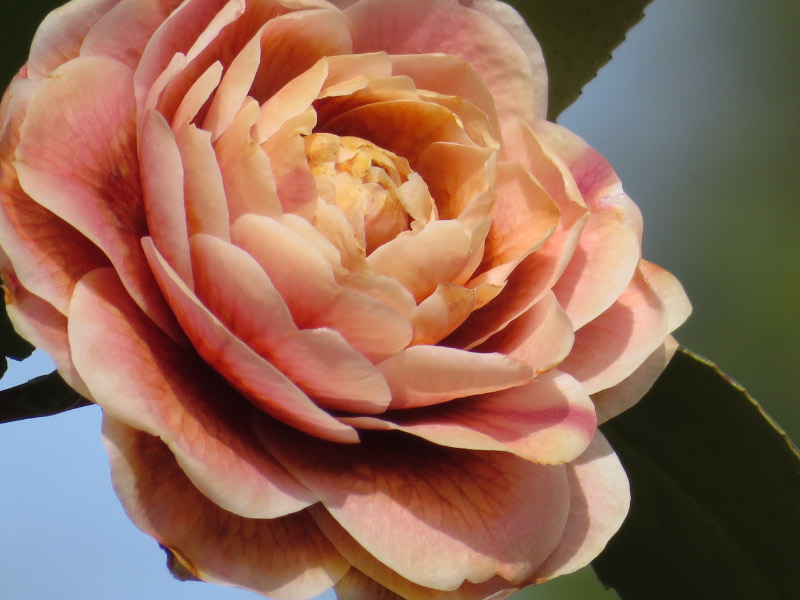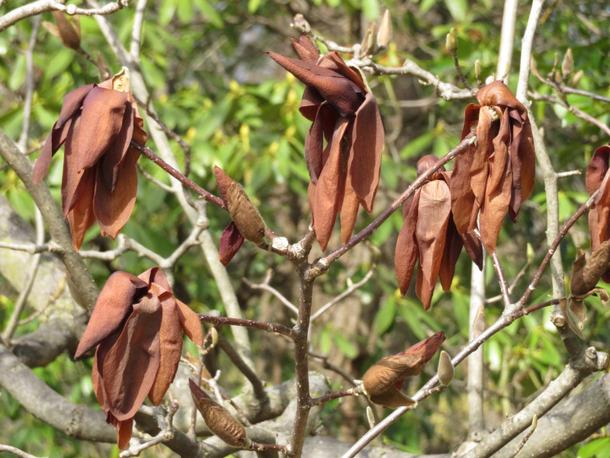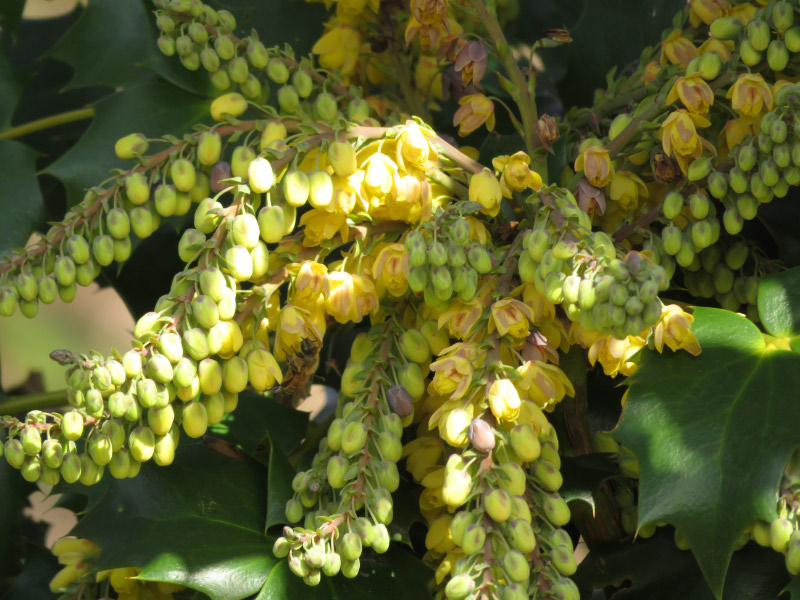Volunteering at Wings of Fancy at Brookside Gardens V-X
/
 In the training for volunteers at Brookside Gardens’ Wings of Fancy, they told us it would take about 10 shifts to feel comfortable with all the roles; I have that many now and have decided that it’s all about getting comfortable enough to accept the variability in the people that come to the exhibit and the environment (temperature, humidity) during the shifts. There has been something unique about each of my shifts so far…and I’ve enjoyed the 30 minutes I have walking around the gardens before each shift – taking pictures there and then locking my camera in a locker while I am busy with my shift. So – here are some images and notes from my July shifts at Wings of Fancy!
In the training for volunteers at Brookside Gardens’ Wings of Fancy, they told us it would take about 10 shifts to feel comfortable with all the roles; I have that many now and have decided that it’s all about getting comfortable enough to accept the variability in the people that come to the exhibit and the environment (temperature, humidity) during the shifts. There has been something unique about each of my shifts so far…and I’ve enjoyed the 30 minutes I have walking around the gardens before each shift – taking pictures there and then locking my camera in a locker while I am busy with my shift. So – here are some images and notes from my July shifts at Wings of Fancy!
Before the 5th shift, I noticed moisture on a very thorny plant and a small green insect (grasshopper?) that was decorating a yellow flower (also full of water droplets).
I walked toward the anniversary grove and saw a very trusting chipmunk. During the unique event of the shift inside the butterfly exhibit were owl caterpillars. They had hatched from eggs laid on a canna plant. They were so tiny compared to the butterfly they will eventually become!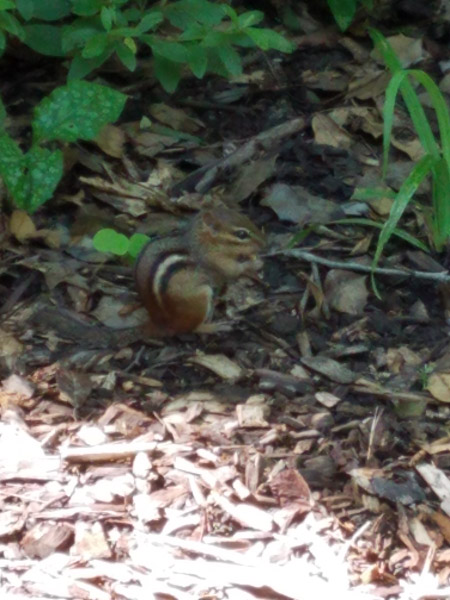
 The walk before the 6th shift was frustrating. I only had my cell phone with me and there were so many insects that I saw but couldn’t photography well without the zoom of my camera. I did take a picture of the construction going at the Nature Center next door to the Brookside Gardens Conservatories. Inside the butterfly house there were mystery caterpillars! They had hatched from eggs laid on a plant in the basil family – not one that is normally deemed to be a host plant. But the caterpillars were growing like crazy eating it. They were thought to be tropical swallowtail caterpillars. One had already made a chrysalis.
The walk before the 6th shift was frustrating. I only had my cell phone with me and there were so many insects that I saw but couldn’t photography well without the zoom of my camera. I did take a picture of the construction going at the Nature Center next door to the Brookside Gardens Conservatories. Inside the butterfly house there were mystery caterpillars! They had hatched from eggs laid on a plant in the basil family – not one that is normally deemed to be a host plant. But the caterpillars were growing like crazy eating it. They were thought to be tropical swallowtail caterpillars. One had already made a chrysalis.
I brought my camera to use on my walk before the 7th shift. I took a couple of zoomed pictures of some flowers along the boardwalk between the conservatories and the nature center.

But best picture was of a very black dragonfly…a picture I would have missed if I’d only had my cell phone. Inside the caterpillar house there were still 3 cecropia moth caterpillars but they were all huge. It won’t be long before they will all be cocoons and we’ll need other stars for the caterpillar part of the exhibit.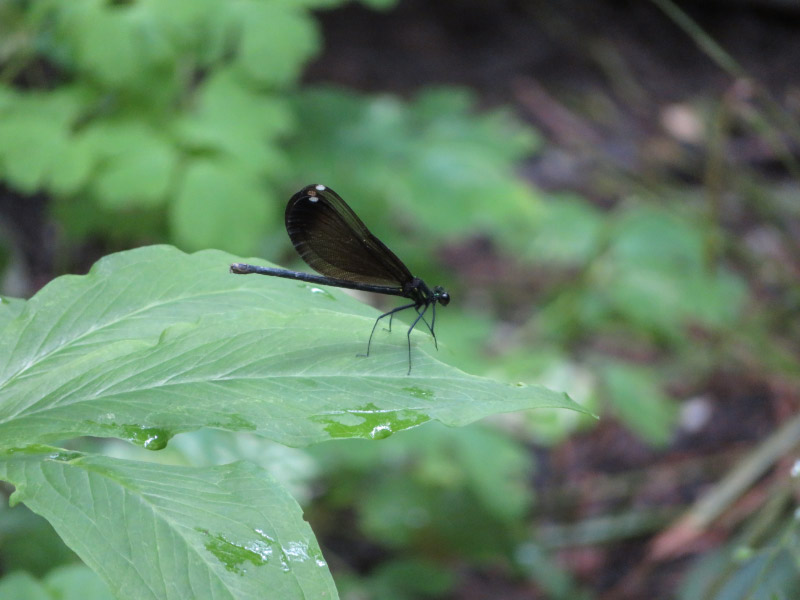
I took even more insect pictures before the 8th shift – all along the walk up to the ticket taking station to the butterfly exhibit. There were bees and skippers all over the cone flowers.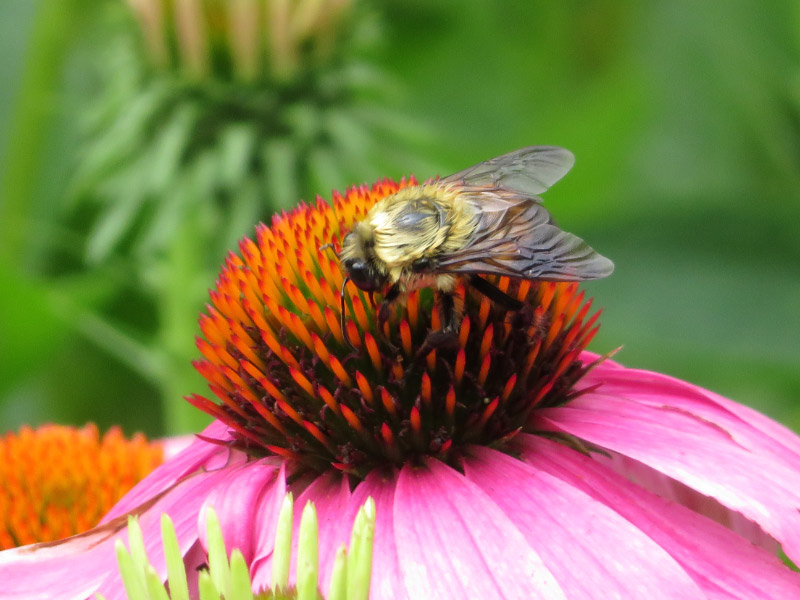
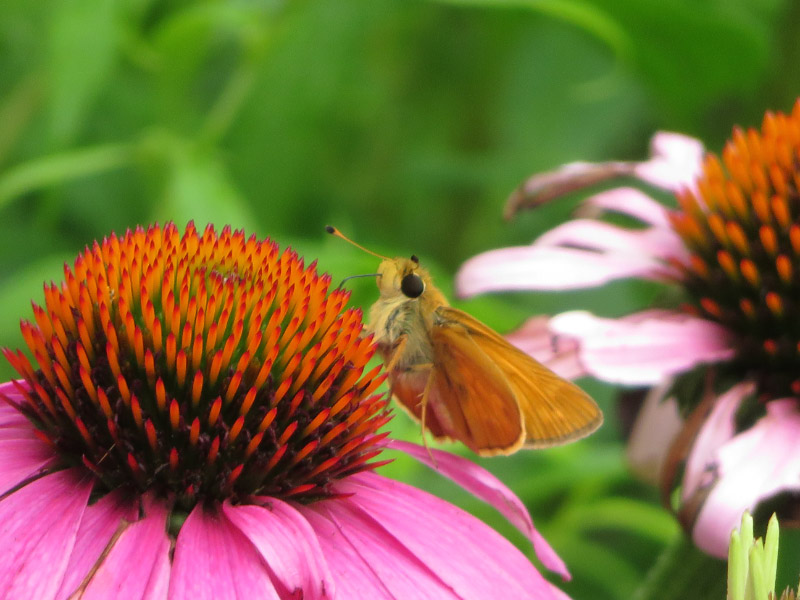
And a milkweed bug on some milkweed. The unique event of the shift was that the volunteer contingent was short the ticket taker so I moved from being a flight attendant to ticket taker. It was good to be outdoors for the shift but I prefer the flight attendant role.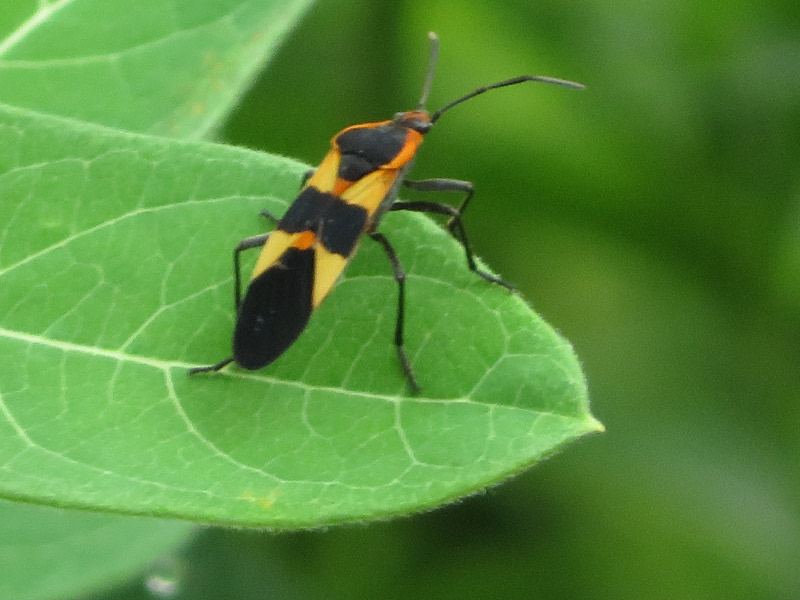
 Before the 9th shift, I walked over to the anniversary grove and saw the chipmunk again. As I walked back toward the Conservatories, I saw a flower that was poised to unfurl
Before the 9th shift, I walked over to the anniversary grove and saw the chipmunk again. As I walked back toward the Conservatories, I saw a flower that was poised to unfurl
And a wasp exploring on a nearby plant. 
I walked through the parking lot to check the boardwalk and found Joe-Pye Weed before I got there….and it was full of butterflies. I took picture of two spice bush swallowtail butterflies. One was very battered and the other in better condition.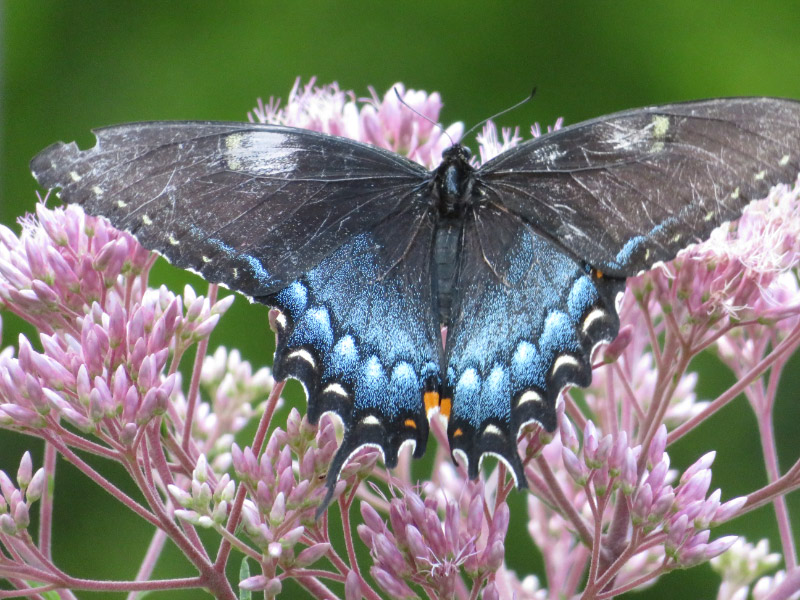

Inside the caterpillar house the new stars were Monarch and Queen caterpillars. They were too small to tell apart (without a magnifying glass – which we didn’t have). All the cecropia moths had made their cocoons.
The walk before the 10th shift started at the Joe Pye Weed. There were at least 8 eastern tiger swallowtails on the plants! The ones with more blue around the bottom edge of the wings are females; the ones without blue are the males.
There are beginning to be some precursors to fall from the trees
Although there are still a lot of flowers full of pollen for bees (like this hibiscus).
The unique part of shift was the key lime plant was drawing tropical swallowtails to lay eggs. Many of the visitors not only got to see eggs already on the plant but butterflies in the act. As I was explaining what was happening to a group, a butterfly landing on my hand and laid an egg on my ring (a very confused butterfly, obviously)!
Previous posts re Volunteering at Wings of Fancy: prep, I, II-IV.

